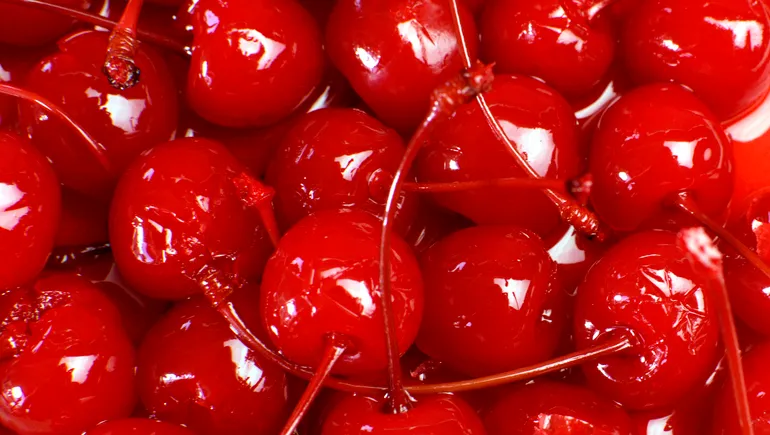Debate surrounding state food additive bans heats up

In October of last year, California became the first state to prohibit the use of four food additives — brominated vegetable oil (BVO), potassium bromate, propylparaben, and red dye 3 — and since then, other states have followed suit. The law, Assembly Bill 418, takes effect in 2027.
Missouri and Washington were the latest to join the list, which also includes New York and Illinois. If passed, both bills will take effect on January 1, 2027, and would end the sale, delivery, distribution, holding, or offering for sale foods containing any of the four additives in each state. Red dye no. 3 has been prohibited for almost all food uses in the European Union since the early 1990’s. It’s also banned in Japan, China, the UK, Australia, and New Zealand.
In 1990, the FDA banned red dye No. 3 use in cosmetics and externally applied drugs, but the agency still allows for the additive in foods. On its website, the FDA says: “The way that Red No. 3 causes cancer in animals, specifically rats, does not occur in humans so these animal results have limited relevance to humans. Because these studies did not raise safety concerns, the FDA did not take action to revoke the authorization of Red No. 3 in food.”
California introduced another bill that bans seven more additives in the form of food colorants from being served in public schools.
Although these laws cite health issues like cancer, reproductive issues, and childhood behavioral and developmental problems as reasons for wanting to prohibit food additives, some food industry groups question the scientific backing.
“There’s been a flurry of activity in certain states, but there’s only one law in the books, and in fact, more states are walking away from this baseless, emotionally driven campaign that lacks scientific backing,” said Chris Gindlesperger, senior vice president of public affairs and communication at the National Confectioners Association in an interview with Food Dive.
Indiana, Maryland, South Dakota, Washington and West Virginia are among the states which have rejected proposals to ban these food additives. In March, Kentucky legislators passed a resolution that the food safety decisions should be made on a national level at the FDA. The executives at the NCA agree.
“Our position is that the FDA should be making these decisions, not people who can’t sleep and are googling things in the middle of the night,” said Gindlesperger.
In November, the FDA updated its list of food chemicals that were of concern, including BVO — which they proposed a federal ban against — and teased that red dye 3 could be next.
The NCA is a national trade organization based in Washington D.C. that advocates on behalf of manufacturers of chocolate, candy, gum and mints, according to Gindlesperger. These laws will have an “extreme cost” on the confectionery industry, he said.“It is very expensive to reformulate and reconfigure products to meet to meet the requirements.”
The real problem lies in what could happen if state lawmakers keep going down this path, according to Gindlesperger. “We’re gonna end up with a state-by-state patchwork of laws that do a couple of things: increased food costs, create mass confusion for consumers, and reduce and decay consumer confidence in our food safety system,” he said.
Consumer trust in the industry could be decaying due to other factors, however; a recent survey from OnePoll found 36% of Americans believe the FDA prioritizes financial interests of manufacturers over consumer health.
The additives these laws put under a probe are found mainly in baked goods, candy and soda.
State legislators collaborated with nonprofits like Consumer Reports and the Environmental Working Group, the New York Times reported, to decide which additives to include. The criteria was ingredients that were prohibited in Europe, but still widely used in the U.S., and where research showed strong evidence of health risks.
Also known as erythrosine, Red Dye No. 3 “is a coal tar dye, meaning that it’s a synthetic colorant made from petroleum,” according to Homer Swei, PhD, the senior vice president of Healthy Living and Consumer Safety Science at the Environmental Working Group, a nonprofit research organization focused on public health and consumer safety. Since the early 1900s, the dye has become popularity in the food and drug industries due to its bright red hue.
According to Gindlesperger, “those who made the decision in California are not toxicologists. They’re not professionals with the extra record with the regulatory expertise to make these very important decisions,” the NCA executive said.
Source: fooddive.com

